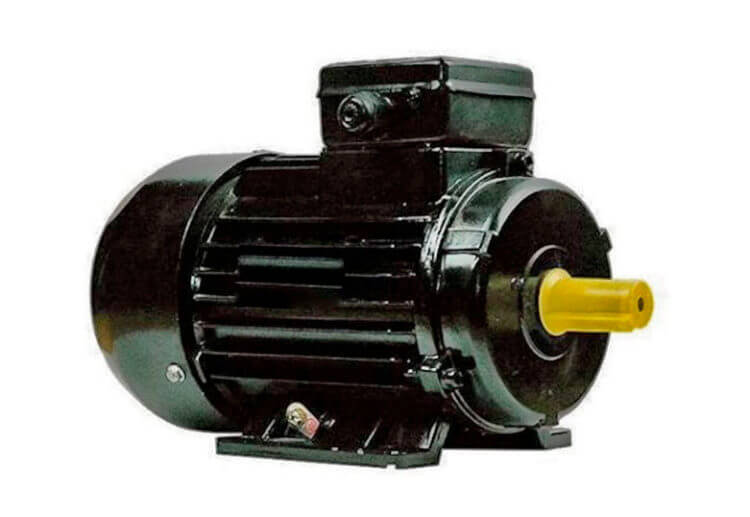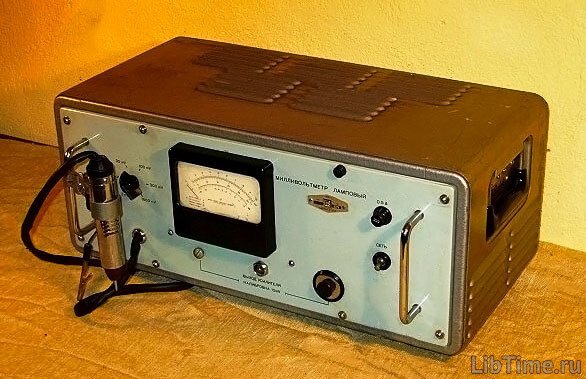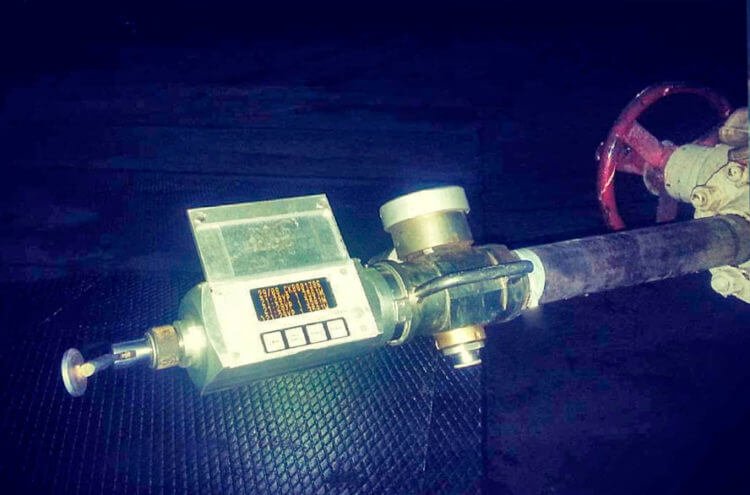The emergence of detergents
Before the advent of synthetic detergents, soap was the only detergent used. It still occupies a significant place among detergents. Many writings allow us to believe that already in the middle of XI century the word soap was understood in Kievan Rus. Materials of history give reason to admit import of soap to Kievan Rus from the East, Byzantium and other countries.
Under Peter the Great the production of green soap from hemp oil and potash appeared in Russia. The centers of soap making in the XVIII century were St. Petersburg, Moscow, Valday, Arkhangelsk, Kolomna, Kaluga, Nizhny Novgorod, Kursk, Tomsk, Tyumen, Tobolsk, Irkutsk. Soap making was widespread in Ukraine, Estonia, Georgia, and Azerbaijan. 
How soap is made
Soap is made from natural vegetable oils and animal fats. One piece of soap "eats" 250 grams of vegetable oil. Now chemists significantly reduce the consumption of nutritious product for soap-making, compensating for the receipt of fatty acids from waste oil and coke industry. And this is much cheaper. 
River water and tap water mostly contains hardness salts - carbon dioxide, sulfuric acid and chloride calcium and magnesium. When washing with soap is a precipitate of salts, and the laundry over time acquires a grayish tint. Therefore, it is necessary to soften the water with washing soda or soda-phosphate powders.
To improve the washing power of soap in hard water are produced detergents based on soap and additives that soften the water. They are produced mainly by local industry and do not withstand the competition of synthetic detergents.
At present, with the help of a variety of effective quick-acting chemicals, the washing process has been greatly accelerated, and its quality with minimal labor has increased immeasurably.
Synthetic detergents
Synthetic detergents - detergents, detergents, pastes, liquids - make up a significant part of household chemical products. Washing powders and pastes are made of synthetic surfactants and useful additives that provide high detergent action, contain optical brightener and special fragrances that give the washed linen whiteness, freshness, pleasant smell, even in hard water the linen is almost not washed, keeps good color. 
It should be remembered that synthetic detergents wash well and in hard water. Here, the efficiency of washing does not depend on the amount of foam at all. Reducing foaming is usually achieved by introducing soap additives into the detergent.
Bleaches
Yellowed from long wear and repeated washing, as well as light-colored knits and curtains can be bleached. Before the advent of chemical bleaches, cotton and linen were bleached by direct sunlight. Since ancient times it is known whitening by smoking wet cloth with burning sulfur.
To oxidizing bleaches are means based on the oxidizing action of active chlorine, peroxide compounds, potassium sulfur dioxide, to reducing - compounds on rongalite and sodium hydrosulfite.
Bleaches based on the action of active chlorine, manifest themselves already at room temperature. One-ko because of their high alkalinity, they are used only for bleaching cellulose fibers. Useful to read: washing tulle curtains.


